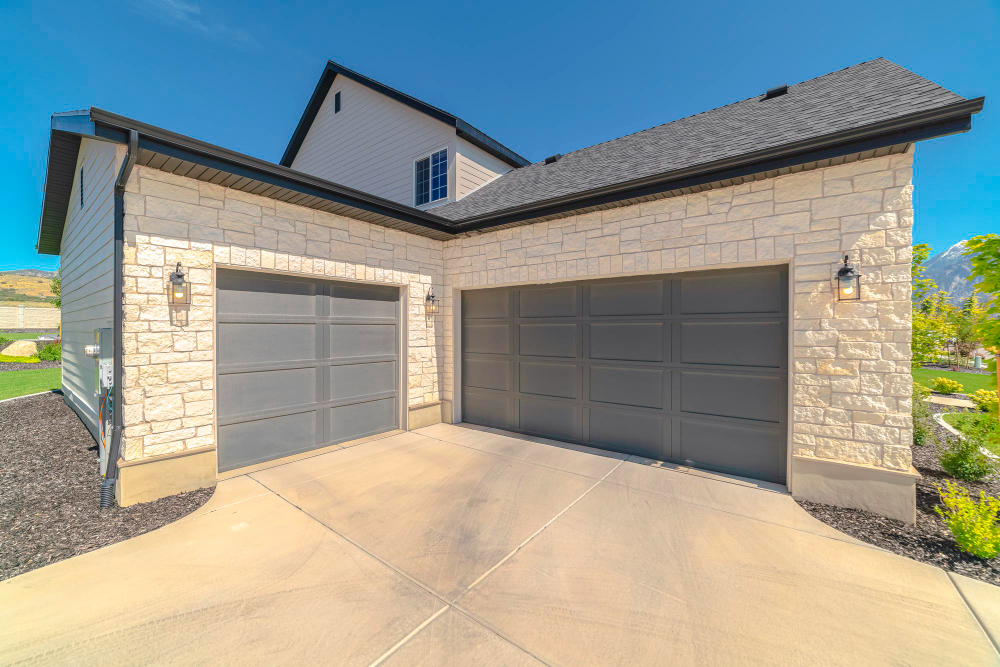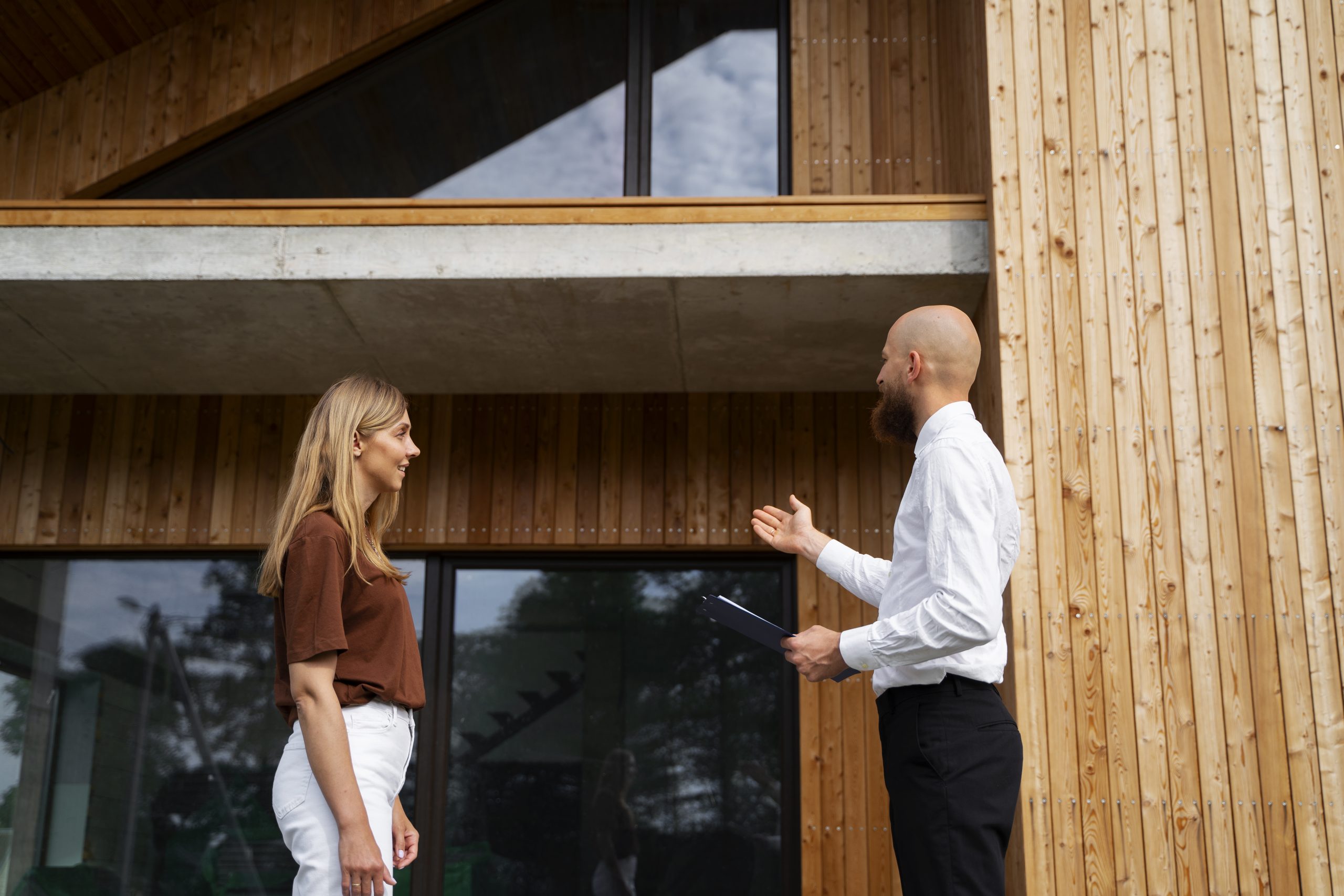As homes get older and families grow, it’s common for homeowners to run out of space. Whether it’s for extra storage, a home office, or just the need for more room to breathe, finding space within your current home can be a challenge. The garage, often seen as a storage unit for cars, tools, or old items, might just be the underutilized area you need to transform into something more functional.
But when you look around your garage, it’s easy to feel overwhelmed. You could try cleaning it out and reorganizing it, but this doesn’t solve the fundamental problem of space. You could also consider moving to a bigger house, but that comes with a hefty price tag, additional stress, and hassle. The solution? A garage extension.
A garage extension offers a flexible and cost-effective way to enhance your home’s space and functionality. Whether you need more storage, a guest room, a hobby area, or even a home office, a garage extension can provide the extra room you need. In this guide, we’ll walk you through everything you need to know about garage extensions: from the costs, types, and planning processes to the benefits and how a garage extension can increase your home’s value.
1. Understanding a Garage Extension
A garage extension refers to the process of enlarging your existing garage or adding more functional space to it. This can be done by expanding the footprint of the structure (either by adding more width, depth, or height) or by adding a second story on top of your garage. Garage extensions are highly versatile and can serve a variety of purposes depending on your needs.
Common Uses for Garage Extensions:
- Extra Parking: Convert a one-car garage into a two-car garage or add space for other vehicles, such as motorcycles or boats.
- Living Space: Convert the garage into a guest bedroom, home office, gym, or playroom.
- Storage: Use the additional space to store gardening tools, equipment, or seasonal items, freeing up space in the house.
- Home Improvements: Some homeowners even convert their garages into multi-purpose areas, integrating them with the main house for an open-plan living space.
2. The Benefits of a Garage Extension
Garage extensions offer a range of benefits, making them a popular home improvement option. Here are some of the top advantages:
Extra Space
One of the most obvious and valuable benefits of a garage extension is the additional space. Whether you need it for extra parking, storage, or living space, extending your garage gives you the flexibility to meet your changing needs.
Increased Property Value
Adding a garage extension can significantly increase the value of your home. According to Virgin Money, a well-designed garage extension can boost the property’s value by 10-20%. By transforming your garage into a functional space, such as an additional bedroom, office, or living room, you’re adding more usable square footage to the property.
Cost-Effective Solution
Compared to other types of home extensions, garage extensions are often more cost-effective. They tend to be simpler to build, especially if you already have the foundation in place, and don’t require as much structural work as a larger extension.
Flexibility and Functionality
A garage extension allows you to create the space you need without the constraints of moving to a new house. Whether you want to expand your home office or add a home gym, a garage extension can be tailored to suit your needs.
3. Garage Extension Costs: What You Need to Know
The cost of a garage extension varies significantly depending on various factors, such as the size, design, materials, location, and the complexity of the project. On average, garage extensions in the UK can cost between £1,250 and £3,000 per square meter, including VAT.
Factors That Influence the Cost:
- Size of the Extension: Larger extensions will naturally cost more. For example, converting a small single garage into a double garage will be less expensive than adding a second story to a garage.
- Design Complexity: A simple, single-storey extension will cost less than a double-storey extension or one with a complex design.
- Materials: The materials you choose will also impact the price. Using brick, timber, or prefabricated concrete will affect both the upfront cost and the long-term maintenance.
- Location: Costs can also vary depending on where you live. Labour rates and material costs differ from one region to another, with urban areas generally being more expensive.
Average Price Breakdown for Common Garage Extension Types:
- Single Storey Extension: £10,000 – £20,000
- Double Storey Extension: £20,000 – £40,000
- Basic Garage Conversion: £5,000 – £15,000
- Garage with Integrated Living Space: £15,000 – £25,000
4. Do You Need Planning Permission for a Garage Extension?
The good news is that many garage extensions do not require planning permission due to permitted development rights. However, this depends on the size and scope of the project. Here are some key points to consider:
Single-Storey Extensions: In most cases, a single-storey garage extension doesn’t require planning permission, as long as it meets certain criteria (e.g., it doesn’t exceed a certain size and is not near the boundary of the property).
Double-Storey Extensions: If you plan to add a second storey, you will need to apply for planning permission. Double-storey extensions also require careful consideration of the structural integrity of the existing garage.
Conservation Areas and Listed Buildings: If your property is in a conservation area or is a listed building, planning permission is likely to be required regardless of the size of the extension.
Party Wall Agreement: If your garage extension affects a shared wall with a neighbour, you will need a party wall agreement.
It’s always best to check with your local council to ensure that you comply with all necessary regulations before proceeding with any work.
5. Types of Garage Extensions: Which One Is Right for You?
There are various options when it comes to the design and structure of your garage extension. Here’s a look at the most common types:
Single Storey Garage Extension
A single-storey extension is the most straightforward and affordable option. It’s ideal for expanding storage space or creating a small office or gym. This type of extension typically requires fewer materials and is quicker to complete.
Double Storey Garage Extension
A double-storey extension provides more living space, making it suitable for adding a bedroom, office, or guest room above the garage. It’s more complex and expensive, but it offers greater functionality and can significantly increase the value of your property.
Detached Garage Extension
A detached garage extension is a standalone structure that can be used for parking, storage, or as a hobby space. It’s typically built in the garden or driveway area and offers more flexibility for design.
Garage Conversion
If you don’t want to extend your garage, you might consider converting it into a fully functional room, such as a home office or guest bedroom. A garage conversion is often cheaper than a full extension but still adds valuable space to your home.
6. How to Plan Your Garage Extension
Planning a garage extension involves several key steps. Here’s an overview of the process:
Step 1: Decide on Your Goals
Before starting the extension, decide what you want to achieve. Do you need more storage, extra parking, or additional living space? Understanding your goals will help you determine the design and size of your extension.
Step 2: Survey and Design
It’s advisable to hire a professional to survey the existing space and draw up plans for the extension. This can be done by an architect or a designer who will ensure the plans are suitable for planning permission (if needed) and that the structure is sound.
Step 3: Budgeting and Getting Quotes
Get quotes from builders and contractors to ensure you stay within budget. It’s important to include all costs in your estimate, including materials, labour, planning fees, and any other associated costs (e.g., plumbing, electricity, etc.).
Step 4: Planning Permission and Approvals
Submit your planning application if required, and get approval for the project. Once everything is approved, you can proceed with the building work.
Step 5: Construction
Finally, construction begins! Be sure to communicate regularly with your builder and check the work at different stages to ensure everything is progressing as expected.
Conclusion
A garage extension is a fantastic way to make better use of the space in your home. Whether you’re looking to add extra parking, create a living space, or increase your home’s value, a garage extension can be tailored to meet your needs. By understanding the costs, types of extensions, and the planning process, you can ensure that your project runs smoothly and meets your expectations. Garage extensions are not only cost-effective but also offer long-term benefits, such as added space and increased property value. Whether you opt for a single-storey or double-storey extension, the key is to plan ahead, set a clear budget, and choose the right professionals to bring your vision to life.



